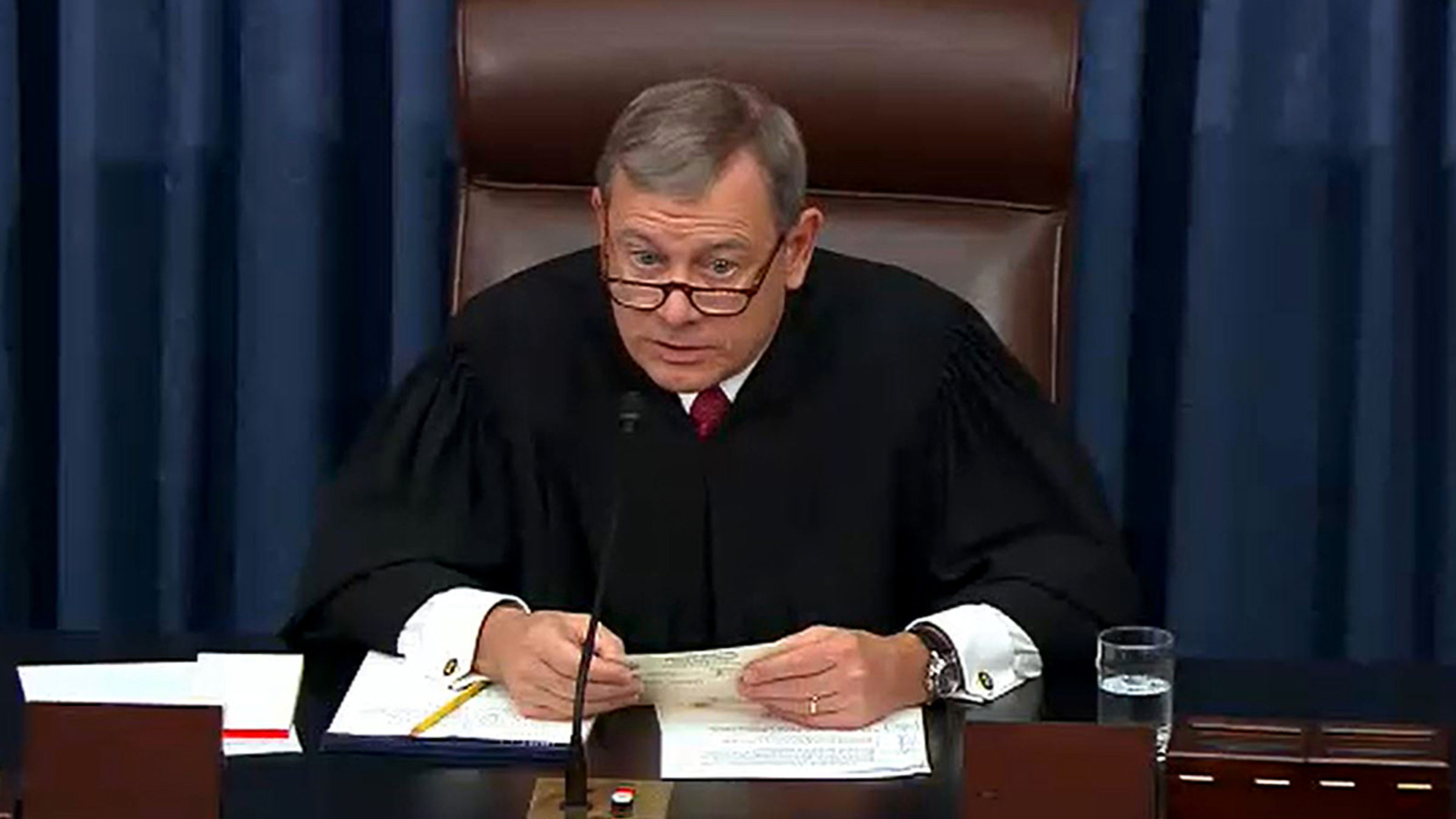An asymmetrical feature in the battle for control of the courts is that Republican-appointed judges and justices retire under Republican administrations, while Democratic-appointed judges and justices retire when they feel like it, or die. It’s like Republicans time their retirements based on the data in an actuarial table, while Democrats time their retirements based on the visions of a wise woman who has been staring at chicken entrails.
Liberals see this self-inflicted drama play out on the Supreme Court all the time. Until recently, of course, the brightest star in this play was 83-year-old Justice Stephen Breyer, whose stubborn refusal to retire at the start of President Joe Biden’s White House tenure is a major reason Democrats have had to keep playing nice with Senators Joe Manchin and Kyrsten Sinema ever since. If their votes weren’t crucial for replacing Breyer, who has finally announced that he’ll step down at the end of the Court’s term this summer, Democrats could risk incurring more overt punishments for Manchinema’s Rosencrantz and Guildenstern-style treachery.
But Breyer’s sense of his own importance is a common affliction throughout the federal judiciary. Right now, there are dozens of judges on lower federal courts who should be making way for the next generation of liberal jurists. Instead, they stubbornly cling to their valuable seats, oblivious to the icy hand of death and the Ron DeSantis administration creeping up behind them.
Lower court judges have no excuses for this reluctance to retire, since federal law offers lower court judges a semiretirement option that allows them to still hang around and feel useful. Any federal judge who has reached the age of 65 and been on the bench for at least 15 years (called the “rule of 80”) is allowed to take what’s called “senior status.”
Senior status is not like being sent to a farm, upstate: Judges who take it are still eligible to hear cases. They’re still in the pool of judges who can be drawn onto a panel. They still get their full salary. But the current presidential administration gets to replace their “seat” on the bench or circuit. It is, in effect, a cheat code that opens up a judicial appointment for the president.
The main downside is that senior appeals court judges do not sit with their whole circuit when a case is heard en banc. For a Democratic appointee right now, that seems like a small price to pay for the opportunity to be replaced by a person with similar ideological views instead of letting the random wheel of death decide the issue.
I know, I know—somewhere John Roberts is tsk-tsking about how there are no “Republican” judges and no “Democratic” judges, just judges who have spent their careers trying to take away voting rights from Black people and judges who dissent a lot. But given that Republican presidents now feel empowered to appoint hard-right embryos and literal homophobic bloggers to the federal bench, any judge left of Mussolini should be trying to retire under a Democratic administration.

John Roberts immediately after someone suggests to him that judges might be “political” (Photo by Senate Television via Getty Images)
Currently, there are 46 lower court judges who were appointed by Democratic presidents—mainly Bill Clinton—who are already eligible to take senior status, but haven’t announced that they’ll do so. Thirteen of them sit on a federal circuit court. These people, all of whom are over 65 and some of whom are considerably older than that, should take senior status. Now.
Hold the outraged Boomer emails and let’s just speak as adults for a second. There are 36 Clinton appointees who are at least 70 years old and haven’t announced that they’ll take senior status. These people may credibly believe that they will be in good health for at least two more years, and want to wait out this election cycle. But to justify staying on the bench now, a 70-plus-year-old Democratic appointee should really be banking on six more years of good health to wait out a potential Biden loss in 2024. And, frankly, preparing for an eight-year Republican presidency is probably the better part of valor, which means that these septuagenarians who will not step aside now are basically telling Democrats to trust that they will be able to frost the glass for another ten years. There’s no reason this particular set of people should gamble the next 30 years of federal judicial power against their ability to defy human frailty.
Remember, we’re not talking about going all Logan’s Run on these people. We’re talking about a semiretirement option that nearly every person I know would take in a heartbeat if it were offered by their employer. Full salary, work when you want, and don’t have to go to the all-company meetings anymore? That’s not a job, it’s a reward.
Full salary, work when you want, and don’t have to go to the all-company meetings anymore? That’s not a job, it’s a reward.
This seems like a good time to mention that there appears to be some kind of lung disease going around that likes killing old people—a disease from which Republicans have decided we can never be free. The, you know, plague we’re trying to live through is important to this discussion, because I’m not sure these 46 people fully appreciate that an independent judiciary is in a precarious state. These people should not risk getting COVID-19 and dying after the midterms, because if Mitch McConnell and his Republicans retake control of the Senate, all judicial appointments will stop. McConnell has indicated as much in regards to the Supreme Court, but we know from his history that he will obstruct lower court appointments, too, in the hopes that a future Republican president can fill those seats. McConnell believes that essentially only Republicans should be allowed to appoint judges, and judges appointed by Democrats should really take note.
Putting it all together: Judges currently eligible for senior status who think they might want to retire or die in the next ten years need to act in the next four months. I know that sounds harsh, but I’m just being practical about the state of play. Retiring by June gives the Biden administration the bare minimum amount of time to vet and nominate replacements over the summer, and gives the Senate a timeline to vote on these judges before everybody goes into hyper-campaign mode in the fall. It at least puts the Senate in the position to confirm judges in the lame duck session between Election Day and January. (The astute court-watcher will remember that Trump and McConnell confirmed 14 federal judges after Trump lost the 2020 election, but before he launched a failed coup d’état.)
Despite that logic, I don’t think we’ll actually get 30 or 40 federal judges taking senior status between now and Memorial Day. Judges tend to think of themselves as indispensable, immortal, or both. But liberal judges have to stop treating death like an unexpected tragedy and start treating it like an expected outcome. Anyone who does take senior status between then and now will be a small victory—a triumph of pragmatism over foolishness.

